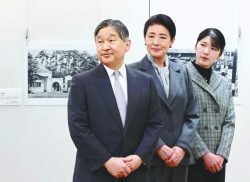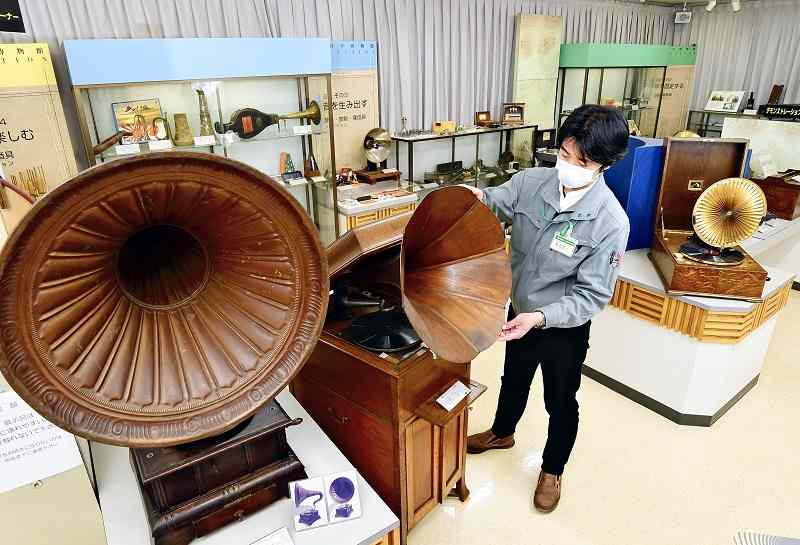
Phonographs with large horns and other rare acoustic devices can be seen at the museum.
15:22 JST, June 14, 2022
Whether it’s the open-air din of a crowded city or music on a pair of headphones, most people can’t help but tune into their aural surroundings. Through the ages, many have attempted to record and reproduce the intangible nature of sound, and for those curious, a compilation of such research and equipment awaits at the Museum for the Science of Sound.
The Kobayashi Institute of Physical Research opened the museum in 1999 to help deepen people’s understanding of sound through the history of research.
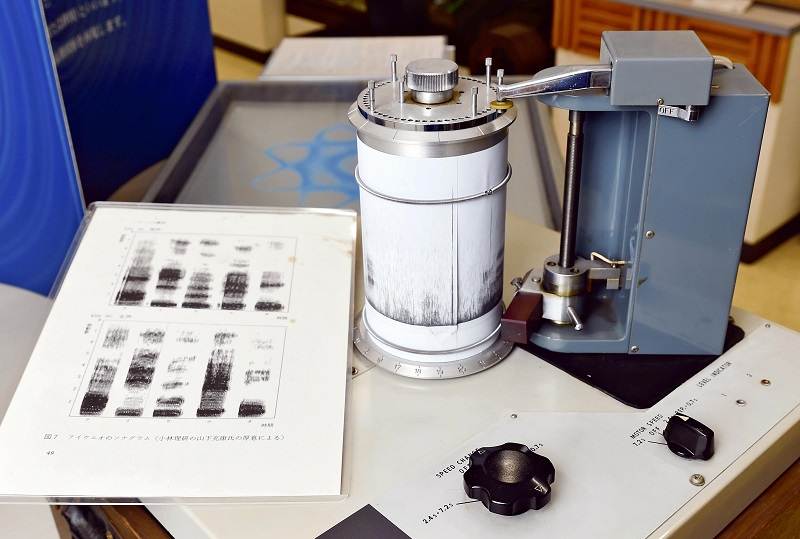
A sound analyzer made by Rion Co. analyzes sound frequencies.
The museum exhibits around 300 pieces of equipment mainly comprising donated items, as well as former Chairman Mitsuyasu Yamashita’s personal collection. Categories include “devices for measuring and analyzing sound” and “sound recording and playback.”
The initial exhibit features phonographs with large trumpet-like horns sticking out of them. Thomas Edison invented the phonograph in the late 19th century, which made it possible to record and replay sound. The museum has a mass-produced 1903 model equipped with a needle that traces grooves engraved on a cylindrical wax tube. The phonograph is supposedly in working order, but visitors are barred from operating it.
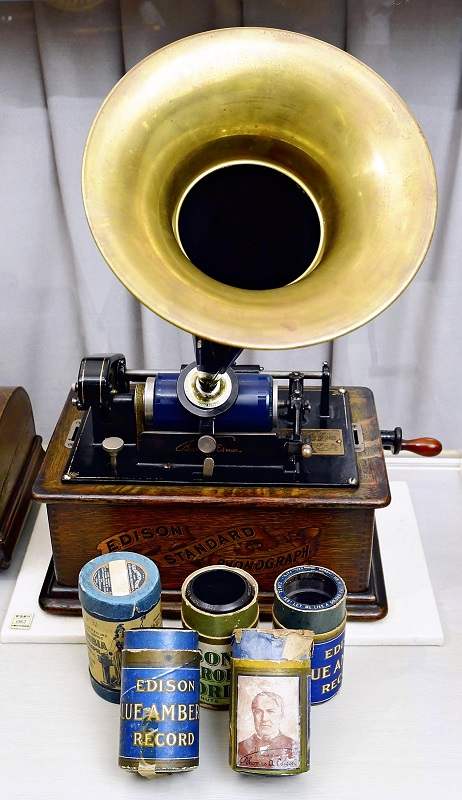
A phonograph made in 1903
Other exhibited equipment shows how recording media has changed over the years, from vinyl records to magnetic tape.
“People in the past went through a lot of trial and error in order to [capture] sound. I hope visitors can feel that,” said the institute’s Shinichi Kuramasu.
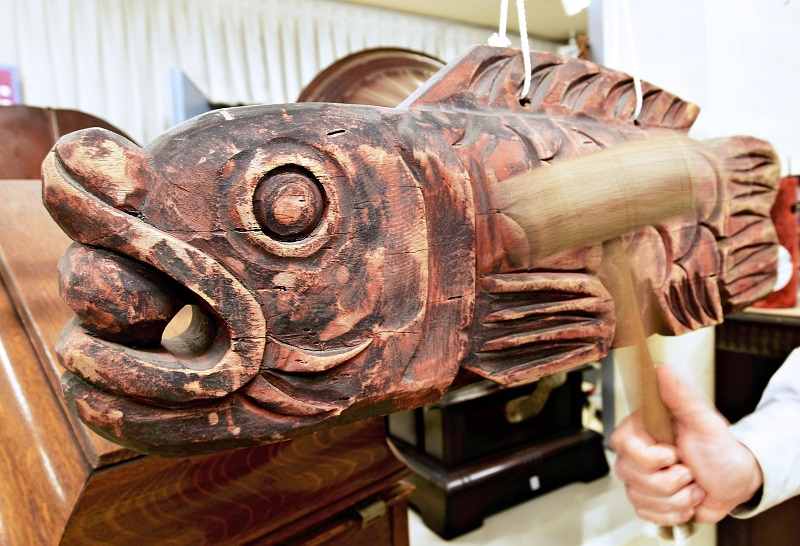
A fish-shaped temple block, 80 centimeters long, used as a percussive instrument
Used in the examination of voiceprints in criminal investigations and the study of animal calls, the SG Series voice analyzer is introduced as a rare piece of audio gear. Leading hearing-aid manufacturer Rion Co., which spun off from the Kobayashi Institute of Physical Research, was the first Japanese company to produce the audio gear and bring it to the Japanese market in 1960. Until then, a company in the United States had been the only maker of such equipment in the world.
A wall in the museum features a chronology of acoustic-related events since the 1600s. Moments in the timeline include the confirmation of the Doppler effect and the process of how the vacuum tube came to be.
The museum encapsulates the history of mankind’s repeated attempts to convert the immateriality of sound into some form of permanence.
Museum for the Science of Sound
The Kobayashi Institute of Physical Research, established in 1940, primarily researches noise and vibration. In 1944 it established Kobayashi Riken Seisakusho, the predecessor of Rion Co., which manufactures and sells hearing aids, sound- and vibration-measuring instruments and other devices.
Address: 2F, East Building, the Kobayashi Institute of Physical Research, 3-20-41, Higashi-Motomachi, Kokubunji City, Tokyo
Hours: 10 a.m. to 4 p.m. Closed Saturdays, Sundays and holidays. Reservation required.
Admission: Free
Related Tags
"Features" POPULAR ARTICLE
-

Sanrio to Open Museum in Yamanashi Pref. Dedicated to Founder, Exhibits Include Hello Kitty, Other Characters
-

Autumn Foliage Surrounds Visitors to Tokyo’s Showa Kinen Park
-

My Daughter No Longer Speaks to Me, But I Want to See Her and My Grandchild
-

Kumamoto: Public Bath Refurbished as Library Where You Can Chat, Take Photos
-

Frozen Vegetables: Demand Rises for Convenient, Tasty Domestic Produce
JN ACCESS RANKING
-

Tokyo Economic Security Forum to Hold Inaugural Meeting Amid Tense Global Environment
-

Keidanren Chairman Yoshinobu Tsutsui Visits Kashiwazaki-Kariwa Nuclear Power Plant; Inspects New Emergency Safety System
-

Imports of Rare Earths from China Facing Delays, May Be Caused by Deterioration of Japan-China Relations
-

University of Tokyo Professor Discusses Japanese Economic Security in Interview Ahead of Forum
-

Japan Pulls out of Vietnam Nuclear Project, Complicating Hanoi’s Power Plans







